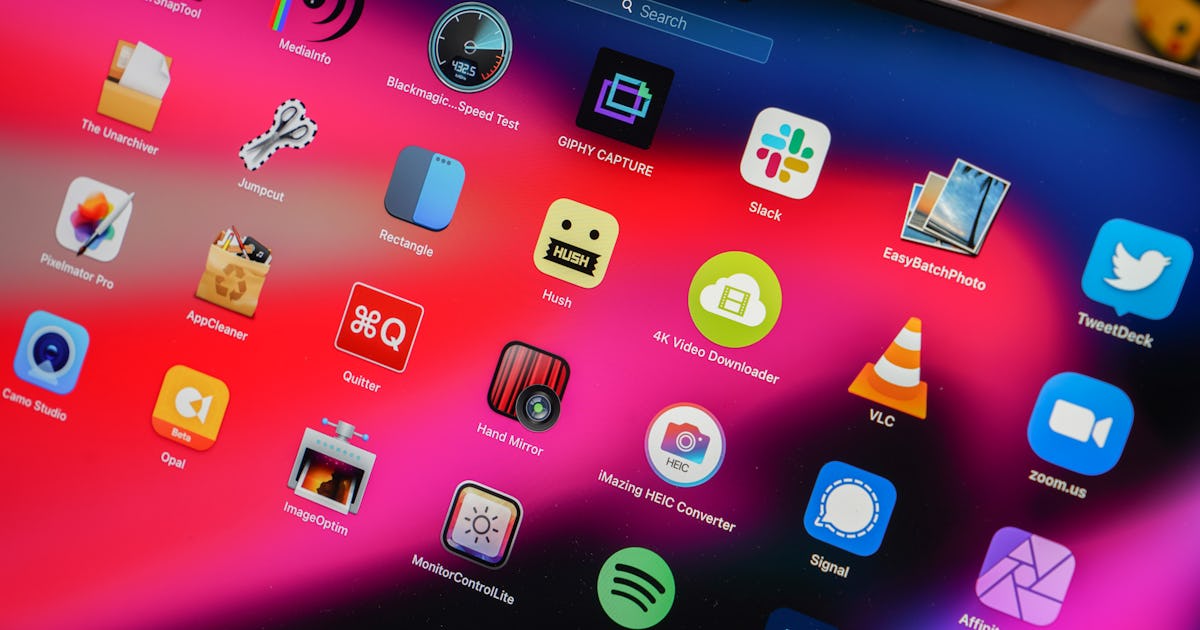Or do you live this web-only life?

This week saw the surprise release of Chrome OS Flex, the spiritual successor to CloudReady that looks set to breathe some life into any old computer gathering dust in the basement. For the most part, it works like any other device running Chrome, although there are a handful of key differences that might make it a dealbreaker for some users. Android app support is chief among them, with no way to natively run apps from the Play Store on your Chrome OS Flex device.
Android apps have been on Chromebooks for over half a decade now, and first rolled out to the devices in 2016. At the time, it seemed like it wasn’t much more than an experience. from Google, but it didn’t take long for the company to start pushing them as hard as web apps. It makes sense – not everyone wants to live their entire life online through a series of pinned tabs online. By adding the Play Store to most modern Chromebooks, every user suddenly had access to a library of dedicated games and software.
The Android app experience on Chrome OS has improved a lot over the years. In fact, Google announced that 50% more users accessed apps from the Play Store in 2021 compared to the previous year. This, of course, seems to have become an essential part of the Chromebook experience – and in fact, a major missing piece with Chrome OS Flex. Web apps are one thing, but it’s hard to replace the range of games available on the Play Store with anything in your browser.
Sure, it’s one thing for Google to say that Android apps are vital for Chrome users, but how really question? Even if you only regularly use one app on your laptop, it might be enough to make you forget about Chrome OS Flex altogether. So, do you use Android apps on Chrome OS, and if so, how often?
Do you use Android apps on Chrome OS?
Read more
About the Author



